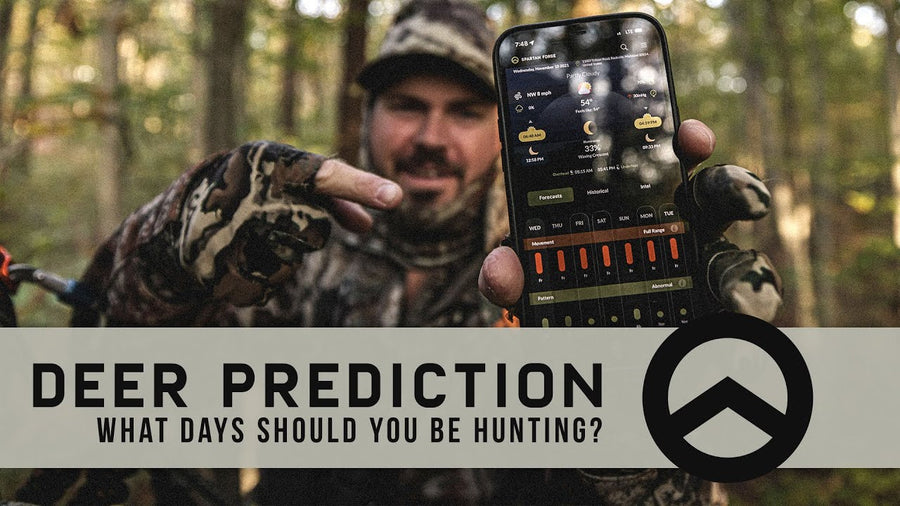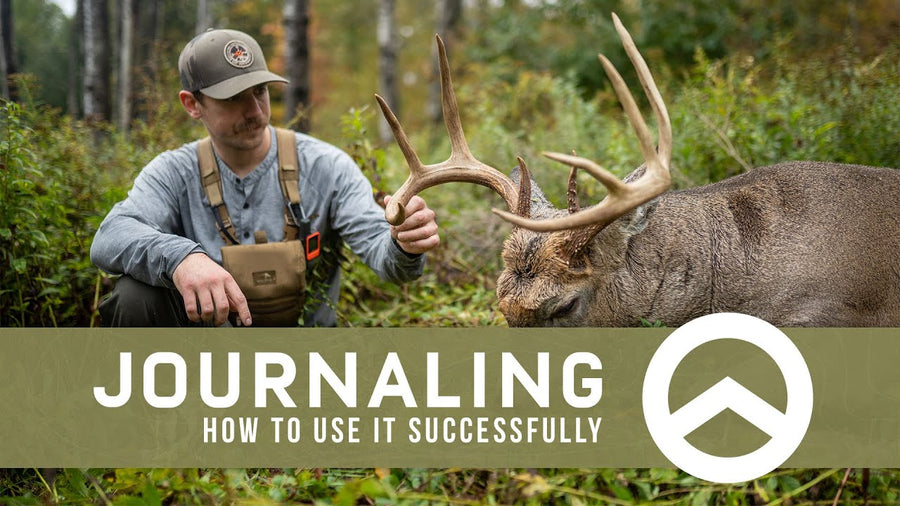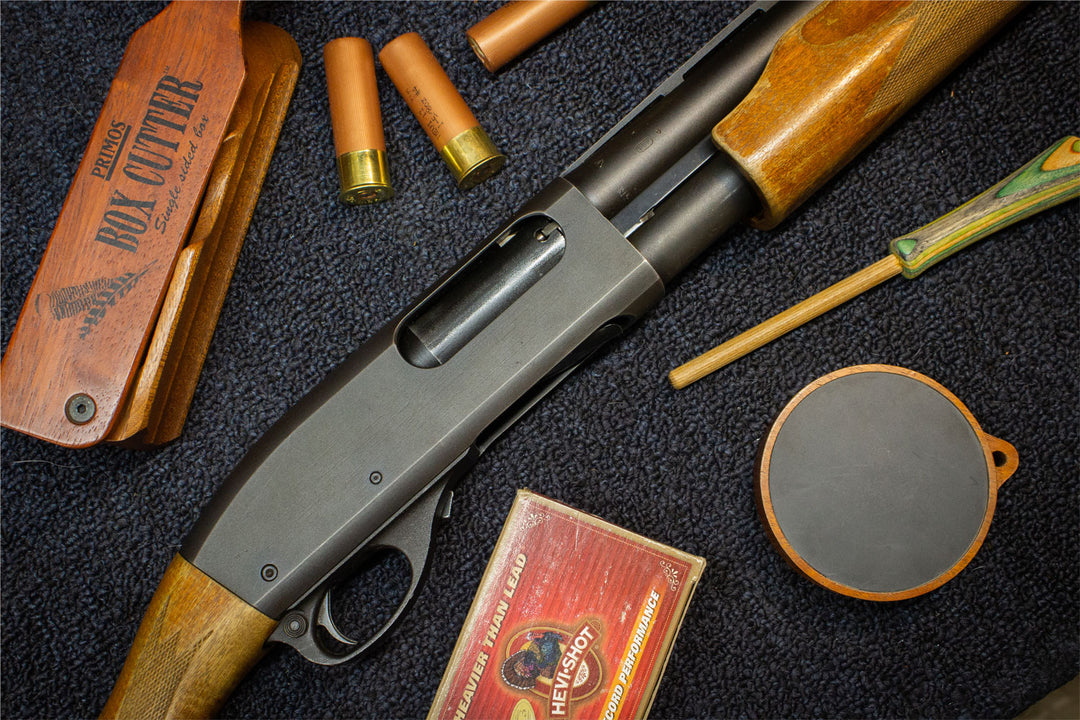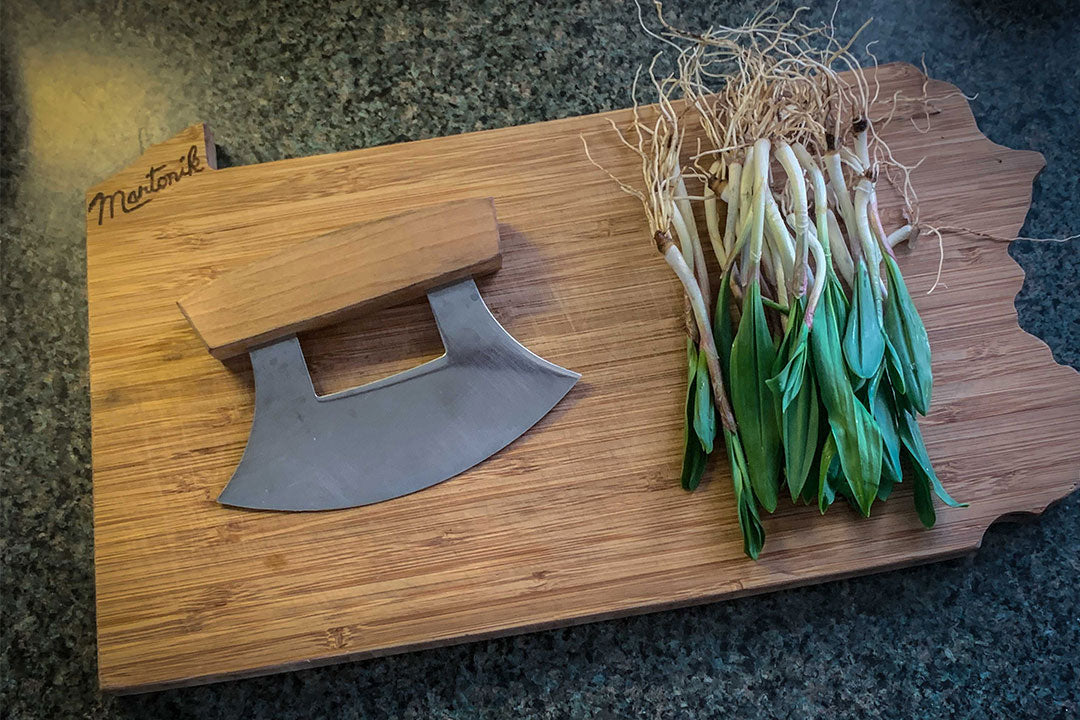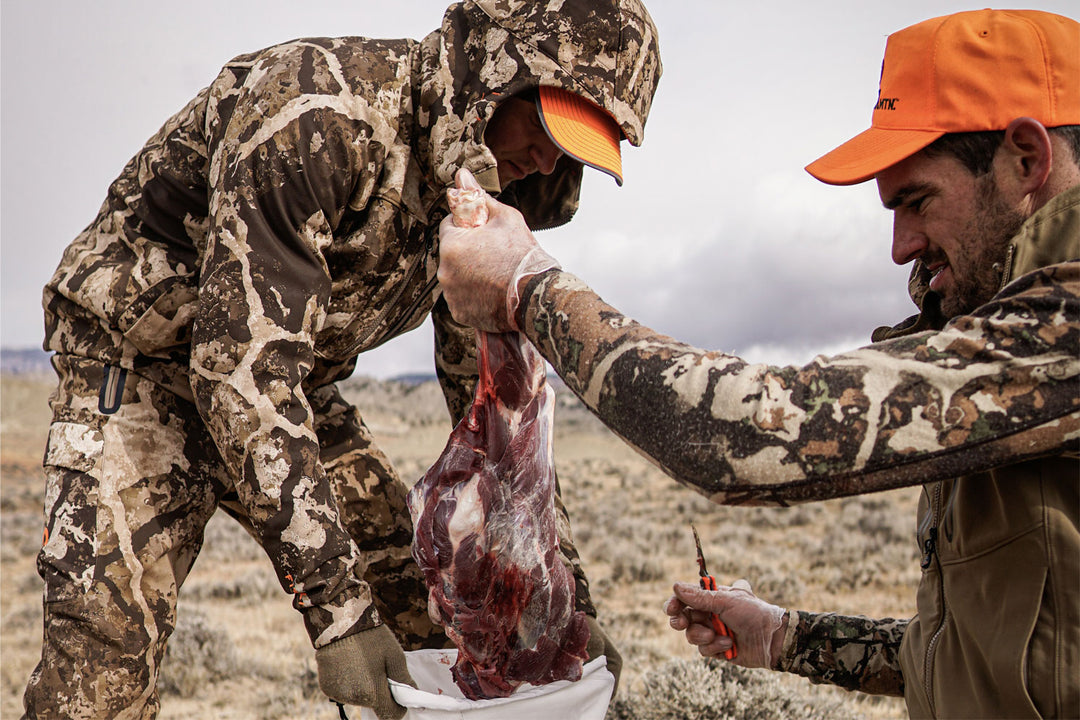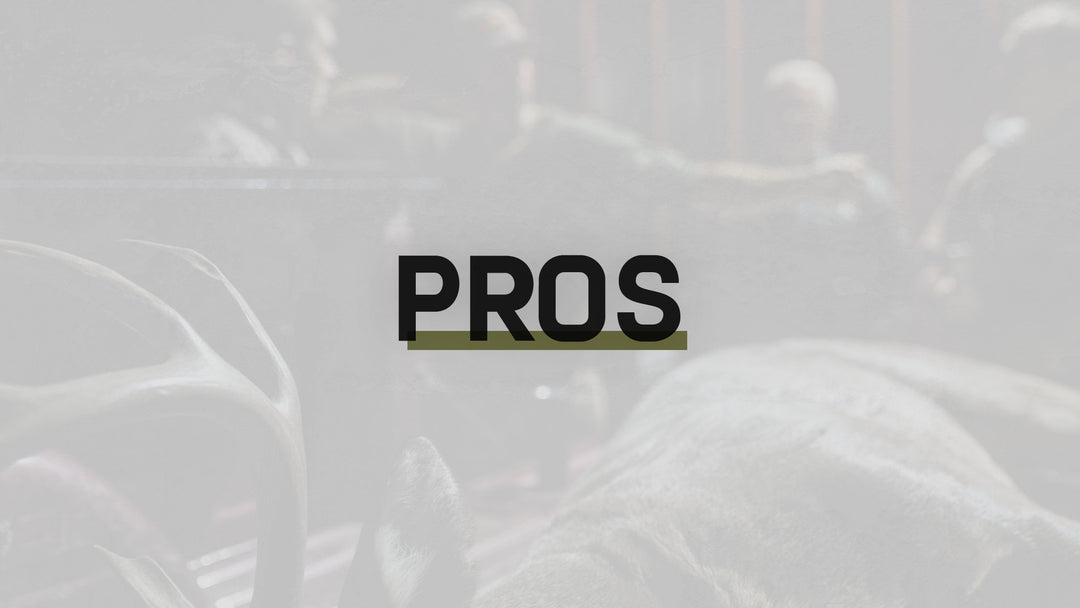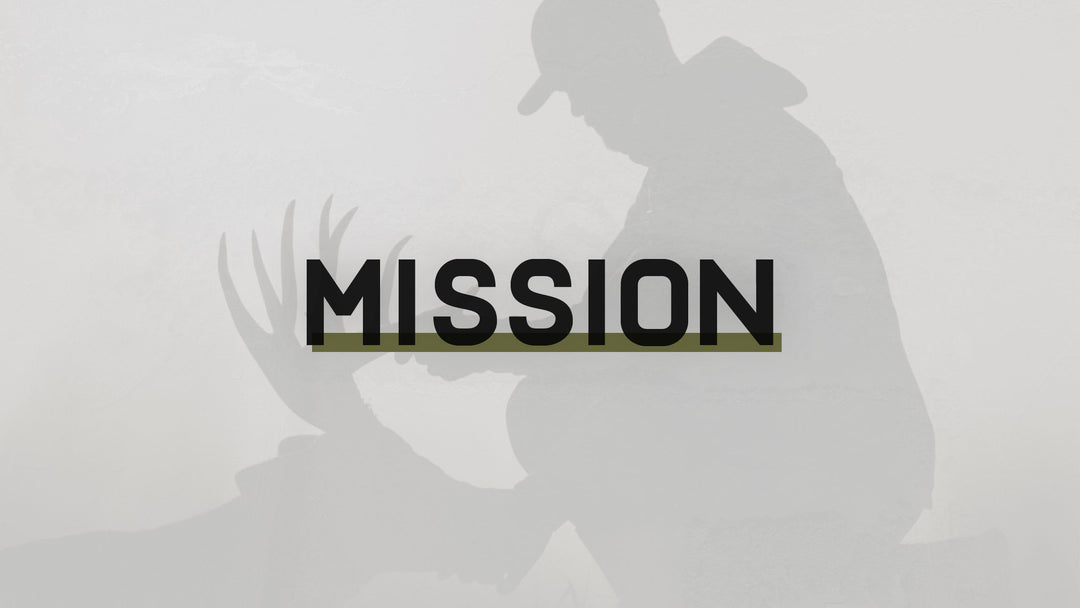Recognizing and Hunting the Second Rut

Most of us don’t get to be in the woods as much as we’d like during the rut. I mean, we wait all year long for this one short period of time that brings with it the chance of killing the buck of a lifetime, but then we only get a few sits to make it happen. Meanwhile, outside of those few sits, we’re back at work, knowing that bucks are still cruising funnels and checking bedding areas every hour of the day. How do we know that? Because all the grip-and-grins on our feed are confirming it. But before you slink back into a dark depressing hole, thinking your opportunity passed you by while you were sitting at your desk, you should know that not all is lost. There’s still an opportunity coming that promises a bounty just as rewarding as the first week of November. I’m talking about the second rut.
What is the Second Rut?
If you’re unfamiliar with the second rut, it’s the second breeding cycle that follows the first by 28 days. Why 28 days? Well, because any does that weren’t bred during their first estrous cycle will go back into another cycle 28 days later. Also, in areas of high nutrition, such as ag country or well-baited properties, some doe fawns may enter their first estrous cycle during this period as well. During the second rut, you’ll see cruising ramp back up as bucks begin seeking out hot does once again.
How to Know When Your Second Rut Begins
Knowing exactly when your second rut begins is about like knowing the date of your first peak rut. Because photoperiod is a constant, peak rut is going to be right around the same day each year. Some does may come in a little before and some a little after, but most will come in about the same time. For example, peak rut in SC is right around November 1st. So, 28 days later will put my second rut at November 29th. That means I’m going to be hunting the window of November 26th through December 2nd. Think about it. Bucks don’t start cruising November 1st, find a hot doe, lock down, and quit. No, they’re running around hard the last few days of October through about the first 10-15 days of November. The second rut may not always be as large a window, but if you haven’t tagged out yet, I’d treat it that way to maximize your odds of success, with a focus on the few days before and after the 28-day mark. If you’re unsure of your peak rut and second rut dates, just open up the Intel tab in the Spartan Forge app, scroll all the way down, and you’ll see them both listed as Peak Breeding and Sec. Peak Breeding.
Hunt Scrapes Leading Up to The Second Rut
You may have noticed that those hot scrapes you were hunting during the pre-rut dried up and got covered with pine needles and leaves during the rut. That’s because bucks generally stop working them during peak rut. They may still cruise by them during the rut, but usually, they don’t work them. That changes once the rut dies down. You’ll see those scrapes begin to open back up as bucks resume their normal territorial behavior. Because of this, the days between the first and second ruts are great for hunting over scrapes that lead toward bedding areas. So, using my home state example of a November 1st peak rut and November 29th second rut, I’d be hunting over scrapes that I’ve confirmed are freshened back up through visual or cell cam pics between November 20th and November 26th.
How to Hunt the Second Rut
Hunting the second rut is very similar to hunting the first, but with one main difference. The rut brings with it the heaviest amount of hunting pressure deer will see all year, so many are well-educated by the time the second rut rolls around. Good funnels, pinch points, and travel corridors between bedding areas are still the go-to, but the ones located near thick cover are going to produce the best. Also, calling can definitely still work, but deer that have been called to a lot during the rut are less likely to respond and they’ll almost always come in downwind. Because of this, blind calling can be riskier during the second rut unless you’re hunting private land that hasn’t seen much calling. Also, evening sits over food sources can be very effective during the second rut, as does are trying to pack on nutrient-rich calories.
Should You Sit All Day During the Second Rut?
All-day sits during the second rut can produce, but in my experience, the midday action just isn’t as high. However, if you’re still holding on to a buck tag during the second rut and you’ve got all day to hunt, then go for it. Good funnels between doe bedding areas located close to cover are going to be most effective for all-day sits during the second rut. Also, water is still a necessity, especially for tired, cruising bucks, so well-worn creek crossings that lead back toward doe bedding can be great spots. Because bucks can lose up to 20% of their body weight during the rut, many younger bucks may bow out early, leaving the cruising to be done by bigger mature bucks. So, never discount the second rut, even if the action seems much lighter.
Go For Broke During the Second Rut
While there can actually be a third rut in some areas, don’t count on it. If you see the action start to heat back up, signaling a second rut, go all in. It’s your last shot. Hunt as much as you can, getting in as tight as you can to what you believe are your highest-odds spots. Once the second rut is over, the late season is all you have left. And the late season is one of the hardest times to tag a buck, let alone a mature buck. It can be done, of course, but only if you’ve got a preferred food source or preferred buck bedding located on your property. The point is don’t look past the second rut. See it as the gift that it is – a second opportunity to tag that buck of a lifetime.
Written by Alex Killman at Southeastern Bowhunting
